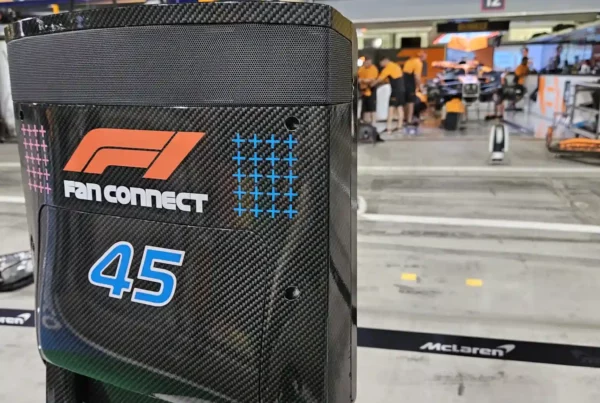At its annual Google I/O conference, Google presented Starline, an immersive 3D video telepresence project. Is this a revolution, as has been described by the media which relayed the information? Rémi, expert in computer vision and artificial intelligence, gives his analysis.
“Imagine looking out of some kind of magic window, and through it you see another person, life-size and in 3D. You can speak naturally, gesture, and make eye contact. […] One of the things we are most proud of is that as soon as you sit down and start talking, technology takes a back seat” commented Google when announcing the 3D telepresence project named Starline.
Starline: a new telepresence technology
Rémi, Robotics Application Development Engineer at Awabot Intelligence, shares his thoughts after watching the promotional video.
“Starline is an experimental demonstrator that showcases current technological capabilities in terms of image capture and visualization for telepresence. To operate, this project uses specialized equipment and innovative algorithms for the perception, transmission and display in 3D of human beings:
- on the one hand, cameras allow users to be modeled in 3D;
- on the other hand, a screen based on Light Field display technology allows realistic 3D rendering without requiring specific hardware beyond the screen;
- in between, computer vision, machine learning and compression algorithms keep it all working.
The highlighted results are of particularly impressive quality due to the fluidity and realism of the rendering.However, the scenarios demonstrated in the promotional video only feature person-to-person (1-to-1) conversations in confined spaces. The effectiveness of this technology for multi-user cases (group to group, N-to-N) and under less controlled conditions remains to be demonstrated.
The use of a Light Field display, particularly relevant for this application, for its part restricts the field of use of the technology to only those who have a suitable screen. In addition, there is the question of compatibility with mobile systems, which move in relation to a scene or to a user.
Exploiting more classic 3D visualization methods, such as the use of the parallax effect in a virtual world, could undoubtedly make it possible to democratize this type of technology to usual screens, probably at the cost of a lower rendering realism.
Despite these constraints, the Starline project currently represents an interesting innovation, the progress of which will have to be monitored.”




